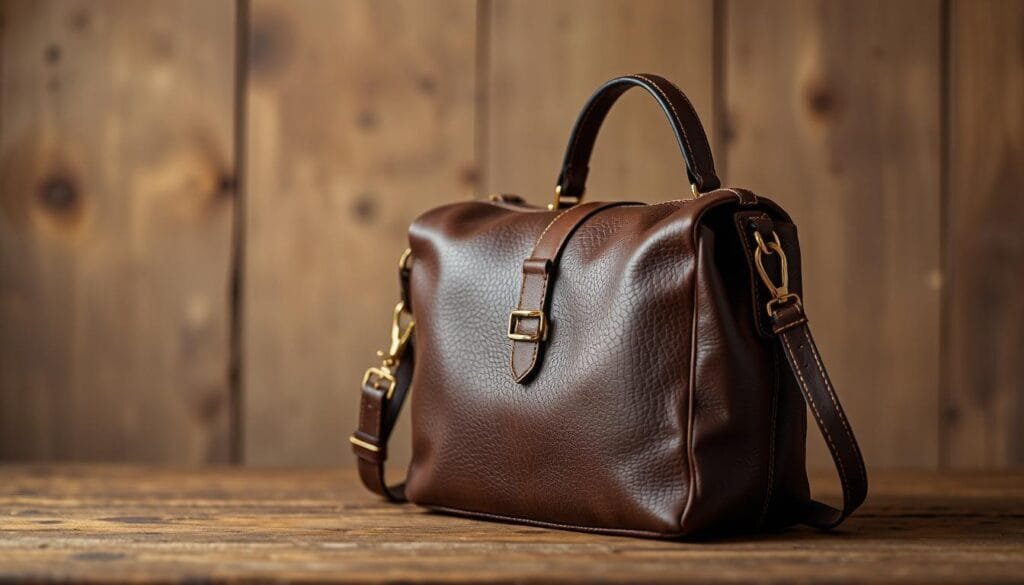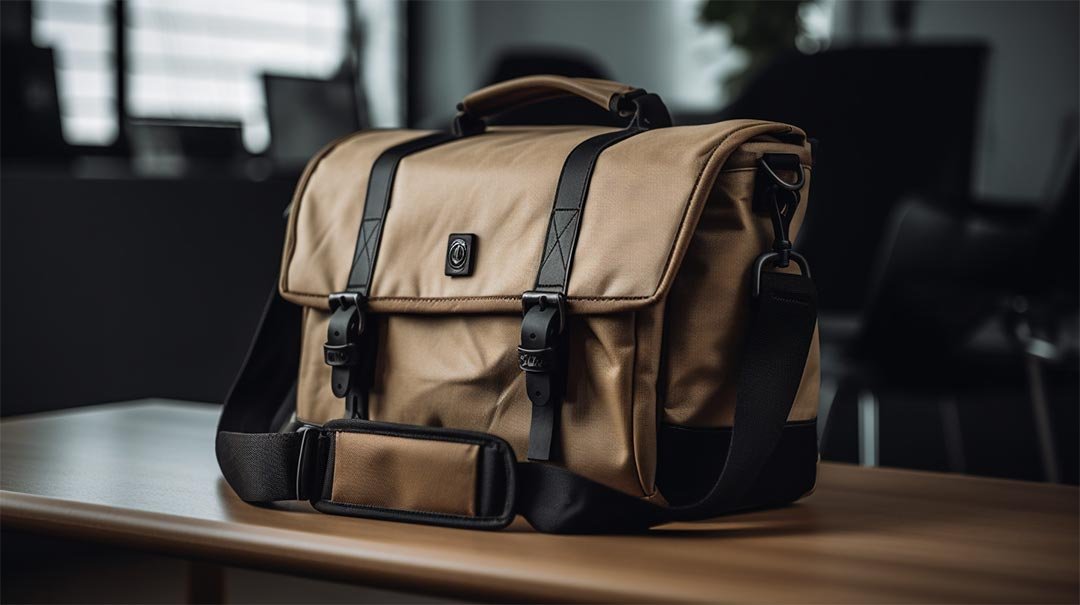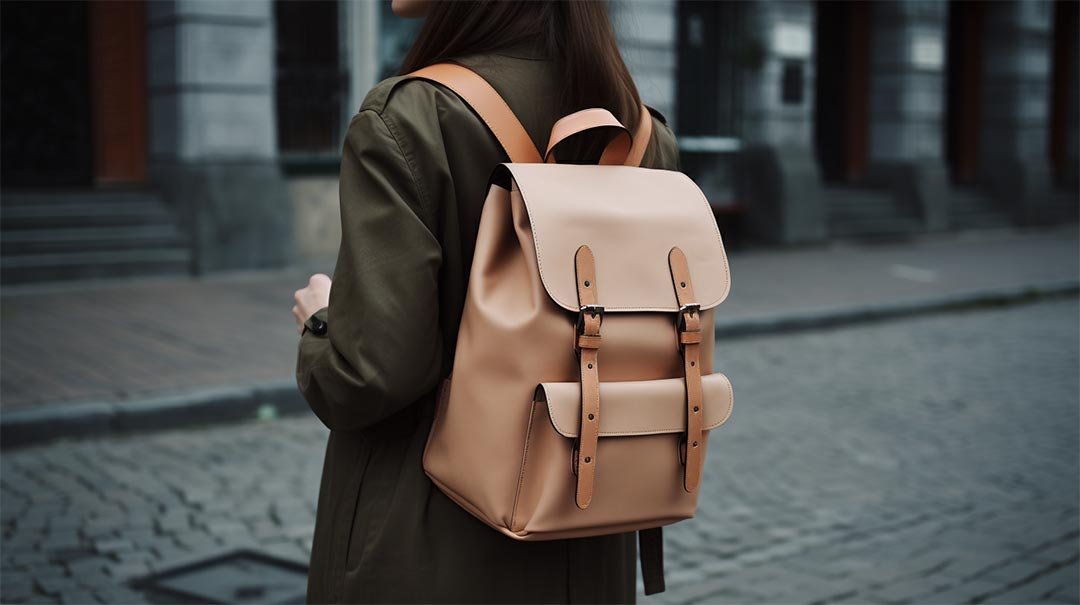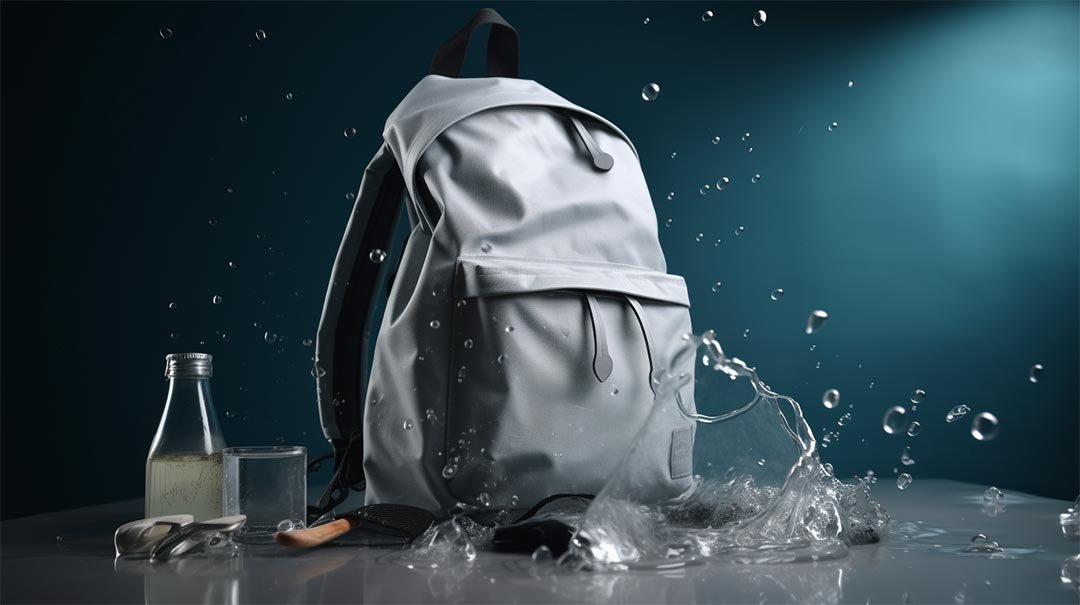Let’s be real—when you’re sourcing bags for your business, the “real leather vs. faux leather” debate hits harder than a Monday morning. You want quality, but your customers care about price, ethics, and durability. So, is shelling out extra for genuine leather actually worth it, or are you just paying for the hype?
Short answer? It depends. Real leather bags offer unmatched durability and a premium feel, but they come with higher costs and ethical concerns. For buyers targeting luxury markets, it’s a no-brainer. For budget-conscious brands, high-quality synthetic options might save the day (and your profit margins).
Now, let’s dig deeper—because your customers will ask, and you better have answers.

Why Do People Lose Their Minds Over Real Leather?
Bold claim: real leather ages like fine wine, while faux leather ages like milk. Genuine leather develops a patina over time, making each bag unique. It’s also 3-5x more durable than synthetic alternatives, meaning fewer returns and happier customers.
But here’s the kicker—not all leather is created equal. Full-grain? Top-tier. Bonded leather? Basically the fast food of the leather world.
Does Real Leather Actually Justify the Price?
Let’s talk numbers. A real leather backpack can cost 2-4x more to produce than PU leather. But here’s the thing: high-end customers pay up to 300% more for genuine leather goods. If your clients are luxury dealers, that markup is chef’s kiss.
Still, minimum order quantities (MOQs) matter. At KJ Outdoor, we keep ours low (just 500 sets) so you can test the waters without drowning in inventory.
What About Vegan and Eco-Friendly Trends?
67% of millennials prefer sustainable products, and vegan leather sales are booming. If your customers are eco-warriors, synthetic or plant-based leathers (like cork or pineapple leather) might be smarter.
But beware—cheap faux leather cracks faster than a bad joke. Opt for high-quality PU or recycled materials if you go synthetic.
How Do You Spot Fake Leather? (So You Don’t Get Scammed)
- Smell it: Real leather has that rich, earthy scent. Fake leather smells like plastic (because it is).
- Check the edges: Genuine leather has uneven fibers; faux leather looks too perfect.
- Bend test: Real leather creases softly; fake leather wrinkles like a crumpled receipt.
Pro tip: Always ask suppliers for certifications (like OEKO-TEX or SGS). No certs? Red flag.
Can You Customize Real Leather Bags Easily?
Hell yes. At KJ Outdoor, we laser-engrave, emboss, and dye leather like it’s our job (because it is). Want your logo stamped in gold foil? Done. Need water-resistant treatments? Easy.
The catch? Customizing leather takes more time than synthetic materials. But hey, good things come to those who wait (and plan ahead).
FAQs
1. Is real leather heavier than faux leather?
Yep, usually. But that heft = durability. If lightweight bags are your niche, consider split leather or hybrid materials.
2. Do real leather bags require special care?
Absolutely. Leather conditioner is your BFF. Neglect it, and your bag will look like a raisin.
3. Can vegans tolerate real leather?
Nope. Vegan leather is the way, but market it right—eco-conscious buyers love transparency.
4. What’s the cheapest type of real leather?
Bonded leather (but it’s like the dollar-store version). PU-coated leather is a better budget pick.
5. How long does real leather last vs. faux?
Decades vs. 2-5 years, if we’re being generous.
Conclusion
So, is real leather worth it? If your customers crave luxury, longevity, and bragging rights, 100%. If they’re budget-driven or eco-focused, high-quality synthetics might win. Either way, choose a supplier who gets it—like us. Wink.







